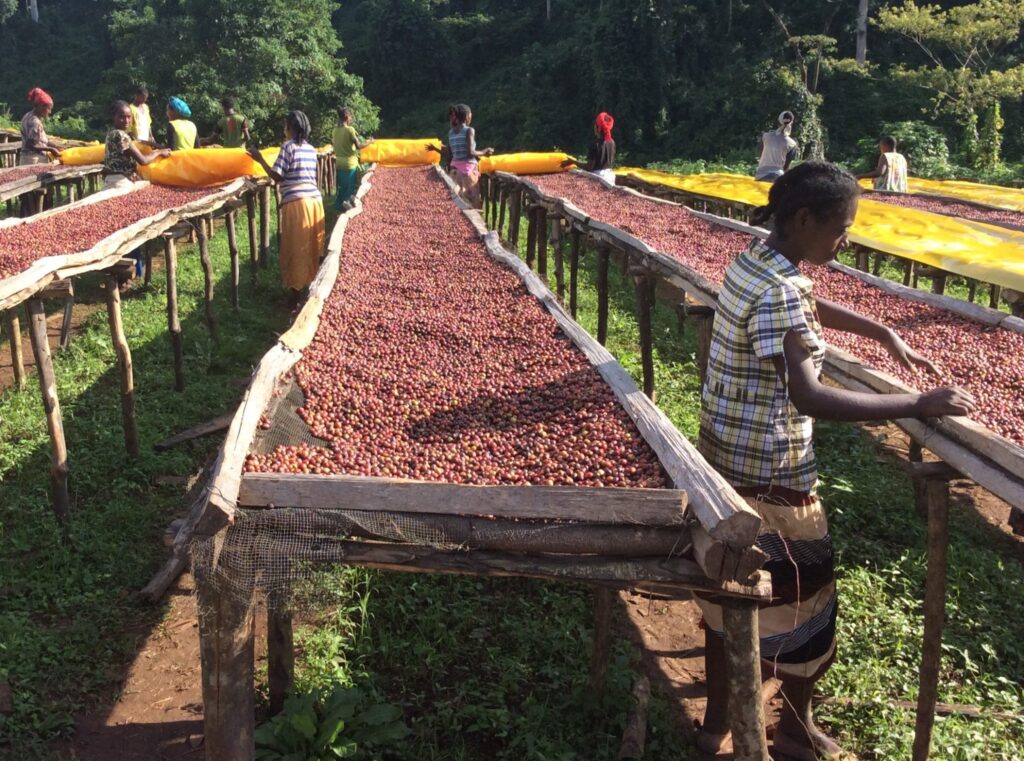The surging global demand for coffee has put tremendous pressure on coffee farmers worldwide, leading to an unavoidable dilemma. The decrease in the percentage of global coffee exports has had a significant impact on the coffee supply chain, which has been worsened by the ongoing effects of climate change.
The primary cause of this supply decline can be attributed to the rapid rise in global temperatures. These temperature spikes have disrupted the optimal conditions required for coffee plants to thrive, such as cool and humid environments necessary for flowering and fruiting. Consequently, the vulnerability of the crop to pests and diseases has increased, resulting in diminished yields.
This predicament has a disproportionate impact on smallholder farmers, particularly in developing economies across African nations, Brazil, Colombia, and India. It is crucial to protect these farmers as they lack the resources and capacity to adapt to market changes, especially in the face of volatile coffee prices. Shockingly, approximately 120 million people rely on coffee for their livelihoods. A recent study conducted by an American firm predicts that by 2050, around 50 percent of the land dedicated to coffee cultivation will shrink.
This creates a very dull future for coffee producers that can be attributed to climate change. For instance, coffee arabica, the most widely produced coffee species, is highly sensitive to temperature and precipitation changes. As global projections indicate a decline in suitable areas for coffee cultivation, farmers must adapt to sustain their livelihoods. This could involve relocating coffee production to regions with more favorable climates or finding coffee varieties that are better equipped to withstand changing conditions. However, these options present challenges, such as identifying suitable areas and developing new coffee varieties resistant to climate change.
Alternatively, farmers can modify their coffee management practices to mitigate the effects of climate change. One promising approach is agroforestry, which involves growing coffee alongside shade trees. This not only creates a more favorable microclimate but also offers additional benefits such as increased biodiversity and carbon storage. The shade provided by the trees helps maintain lower air temperatures and higher soil moisture in agroforestry coffee systems compared to unshaded ones.
While excessive shade can negatively affect coffee plants by limiting flower production and reducing yield, moderate shade levels below 50% have been demonstrated to have a positive effect without compromising productivity. In contrast, unshaded coffee systems often experience unpredictable flowering patterns, resulting in inconsistent yields and shorter lifespans for coffee plants. Well-managed agroforestry systems provide more stable coffee production over time, offering better income security for farmers.
Implementing shade trees in coffee plantations holds great promise for smallholder farmers. These agroforestry systems not only help mitigate the threats posed by climate change but also promote nature conservation by acting as a buffer between intensively managed agricultural areas and protected natural habitats. Given the significant social, economic, and cultural importance of coffee production, it is crucial for smallholder farmers, government bodies, NGOs, the scientific community, and policymakers to collaborate in implementing agroforestry systems to safeguard the future of coffee and its associated benefits.
